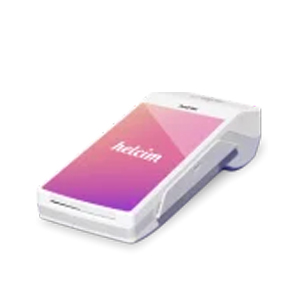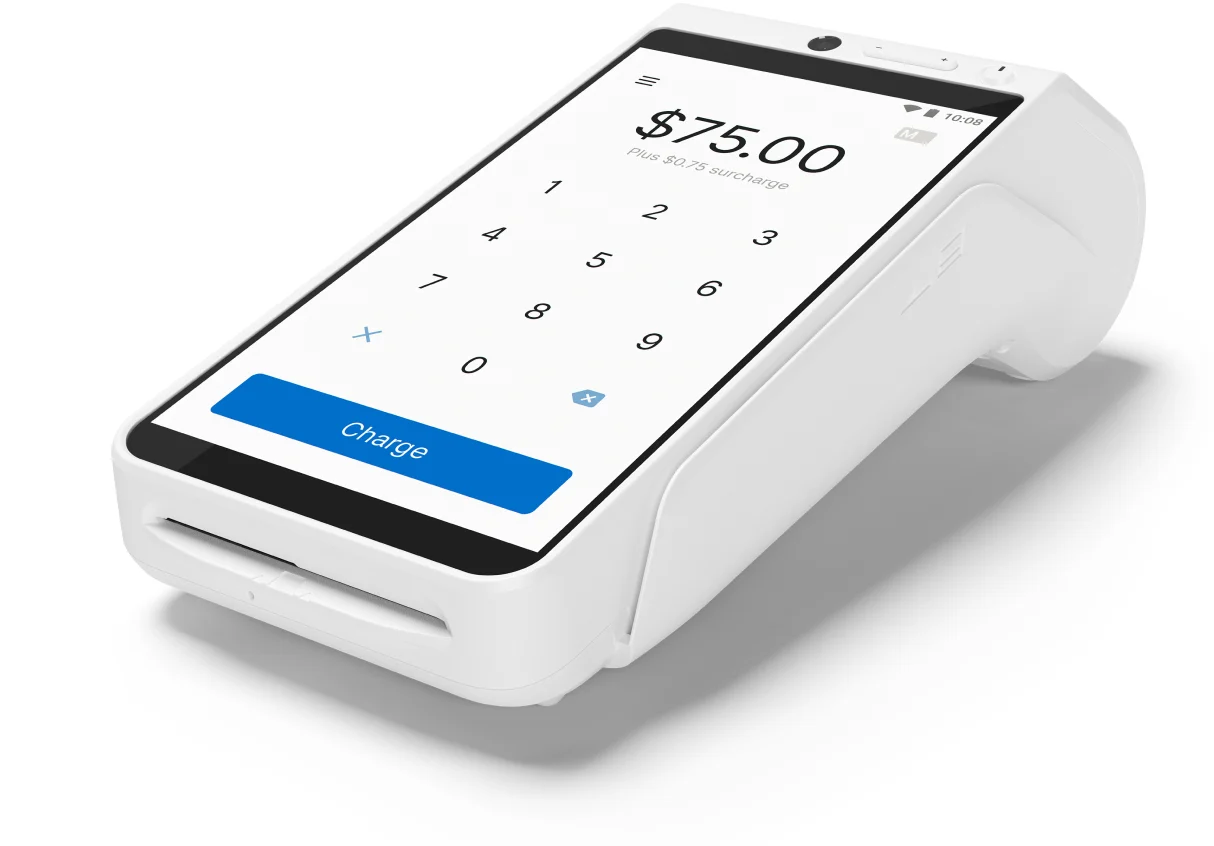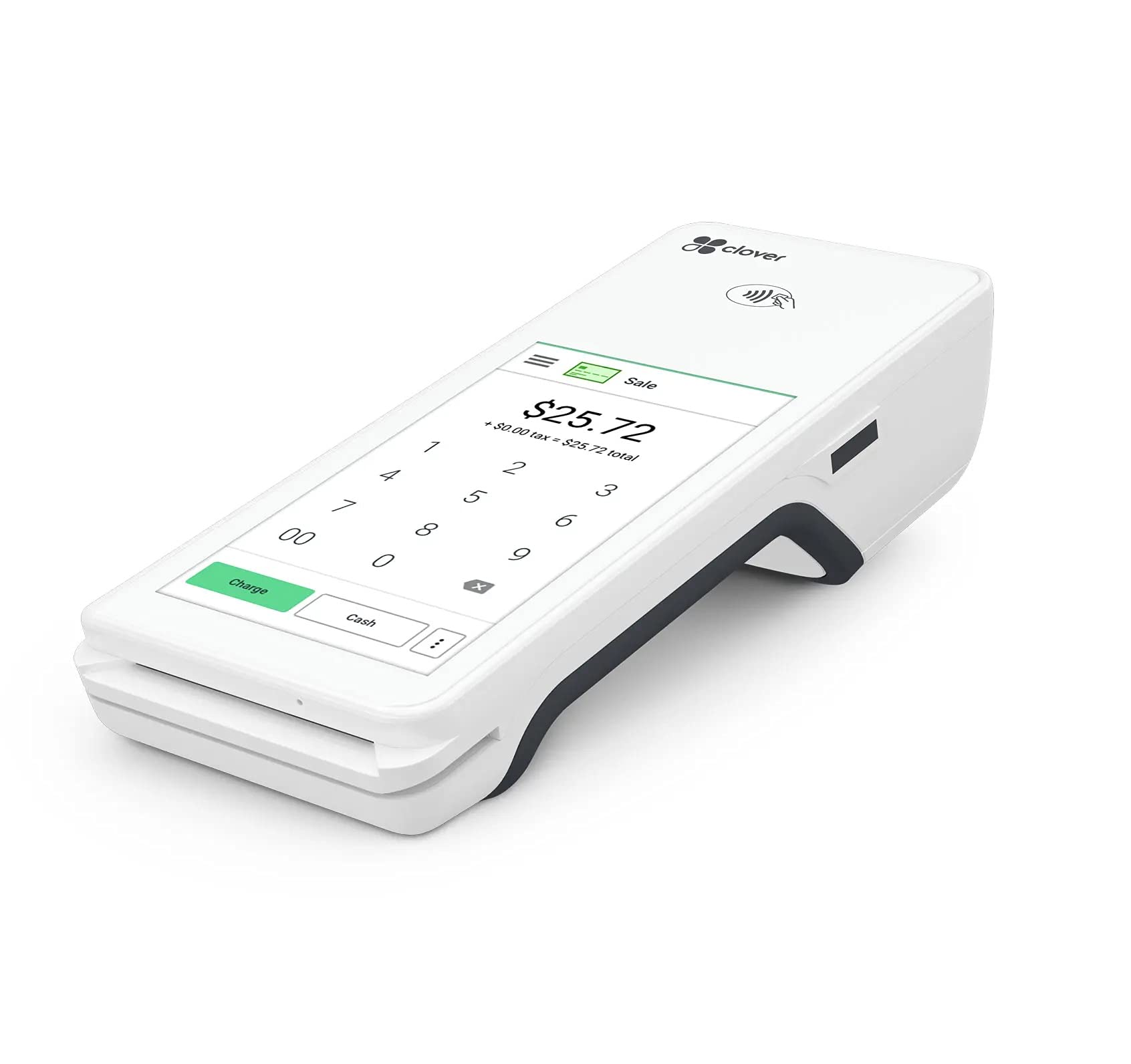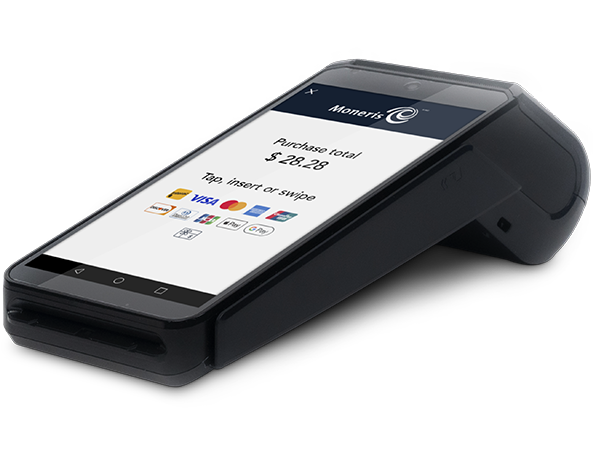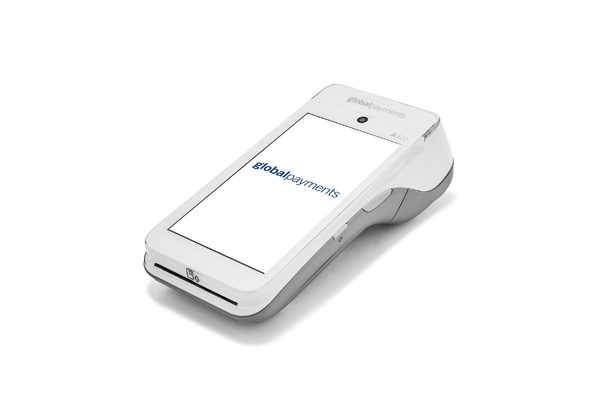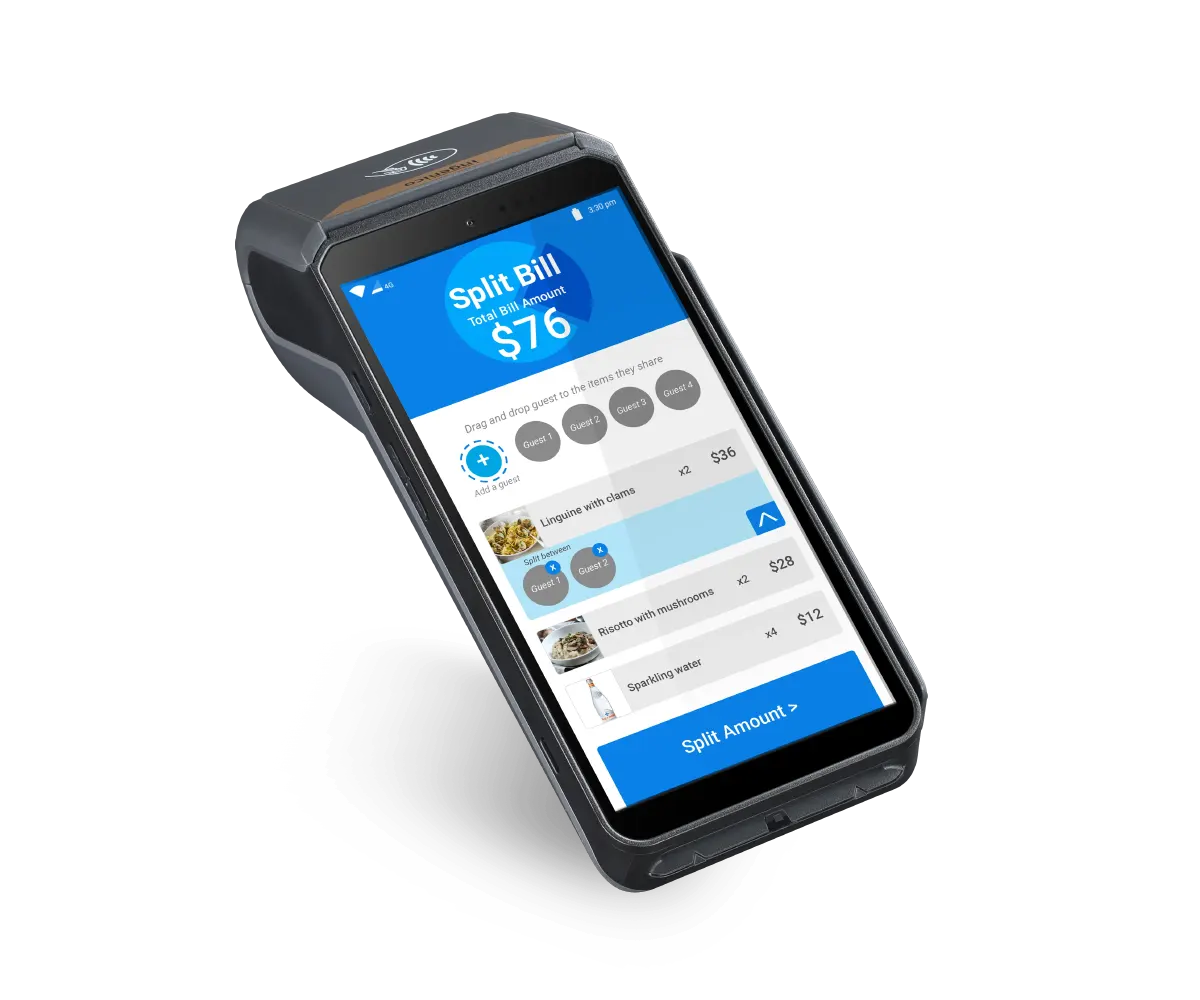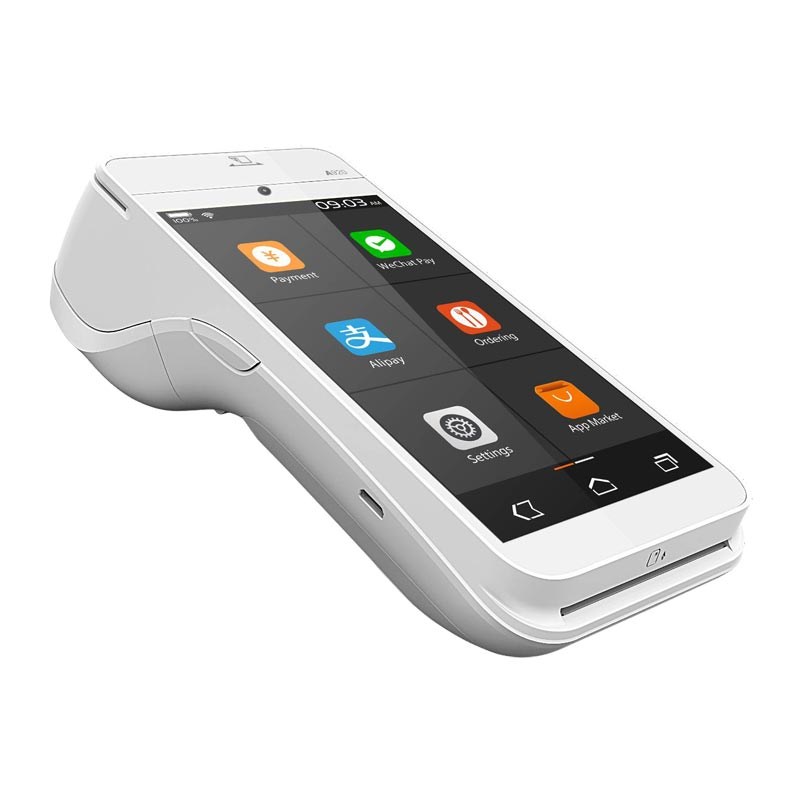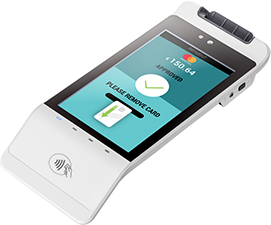Payment terminal and card reader cost comparison
| Card machines payment processors – Canada | Card reader cost | Payment terminal cost | Payment Fees cost – credit cards |
| Square | $69 | $349 | 2.65% |
| Clover | $49 | $599 | 2.30% |
| Stripe | $79 | $299 | 2.70% |
| Global Payments | na | na | 1.50% |
| Moneris | na | na | 1.56% |
| Helcim | $139 | $429 | 1.73% |
| Worldline | na | na | 2.70% |
| PAX | na | na | na |
| Ingenico | na | na | na |
How do payment terminals and card readers work in Canada?
Payment terminals and card readers in Canada work similarly to those in other parts of the world. They facilitate electronic transactions by allowing customers to make payments using debit or credit cards. Here’s a general overview of how they work:
- Card Swiping or Insertion: Depending on the type of card reader, customers either swipe their card through a magnetic stripe reader or insert it into a chip card (EMV) reader.
- Data Transfer: The card reader reads the information stored on the card’s magnetic stripe or chip. This information typically includes the card number, expiration date, and other relevant details.
- Authorization Request: The payment terminal sends this card information along with the transaction amount to the acquiring bank or payment processor. The acquiring bank facilitates the transaction on behalf of the merchant.
- Payment Processor Communication: The payment processor acts as an intermediary between the merchant and the cardholder’s issuing bank. It forwards the authorization request to the appropriate card network (Visa, MasterCard, etc.).
- Card Network Processing: The card network processes the authorization request and checks for factors like available credit, account status, and potential fraud indicators.
- Issuer Bank Decision: The cardholder’s issuing bank receives the authorization request from the card network. The bank reviews the request, assesses the cardholder’s account, and determines whether the transaction should be approved or declined based on various factors.
- Transaction Response: The issuing bank sends an authorization response back to the card network, which is then relayed to the payment processor and the payment terminal.
- Transaction Completion: If the transaction is approved, the payment terminal prints or displays a receipt for the customer to sign (for credit transactions) or enter their PIN (for debit transactions).
- Transaction Settlement: The approved transaction is added to the batch of transactions for the day. At the end of the day, the merchant’s payment processor settles the batch by transferring the funds from the acquiring bank to the merchant’s bank account, minus any applicable fees.
It’s important to note that in Canada, like many other regions, there has been a transition from traditional magnetic stripe cards to EMV (chip and PIN) cards to enhance security and reduce fraud. EMV technology is more secure because the data on the chip is encrypted and changes with each transaction, making it difficult for attackers to clone the card.
Additionally, many payment terminals also support contactless payment methods such as tap-to-pay using near-field communication (NFC) technology. This allows customers to make payments by simply tapping their card or mobile device on the terminal, without the need to insert or swipe the card.
Keep in mind that specific details and processes may vary based on the type of payment terminal, card network, issuing bank, and payment processor used by the merchant.

